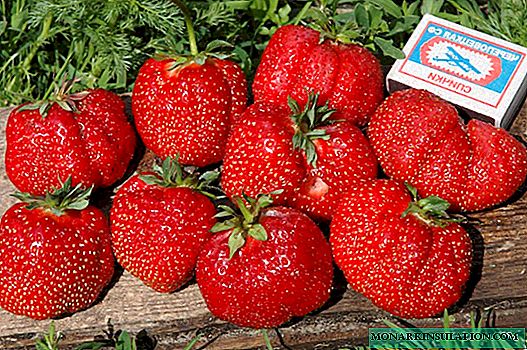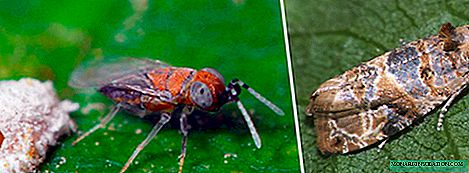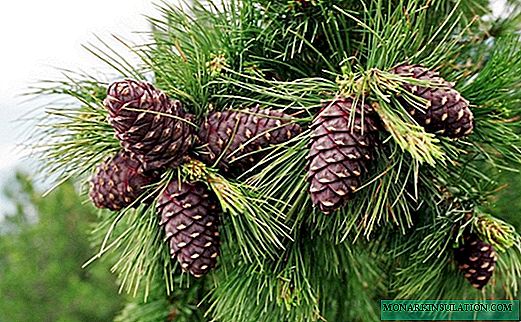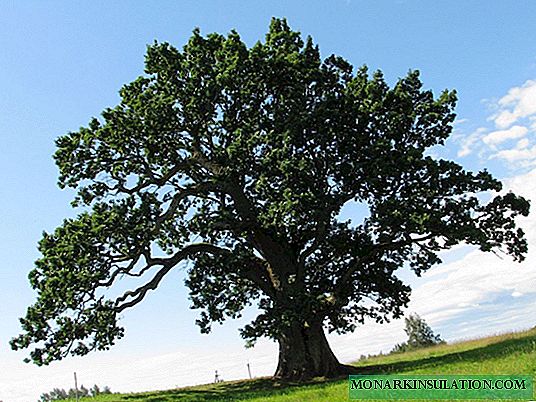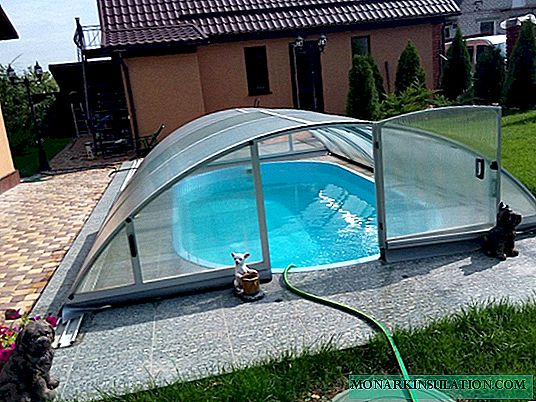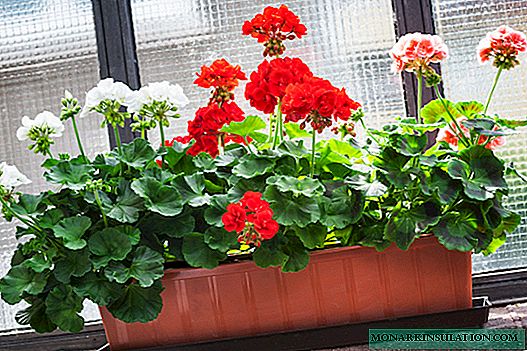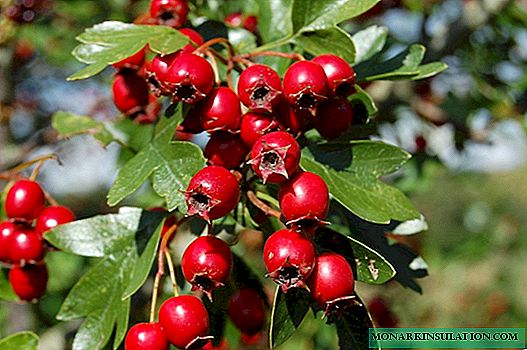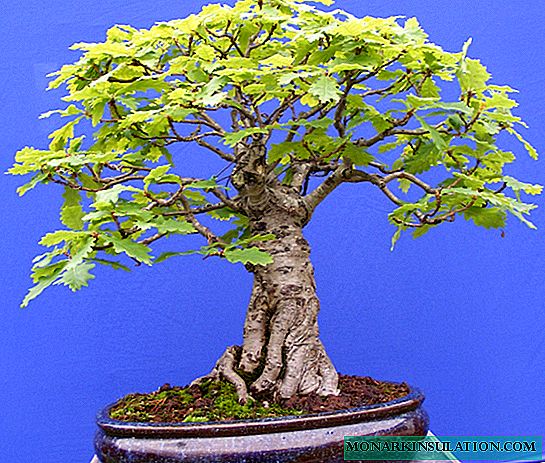
Greenhouses and other buildings using polycarbonate are popular today among summer residents and owners of private houses. Polycarbonate is a relatively new inexpensive material with a lot of advantages, which is why a do-it-yourself polycarbonate greenhouse is the best choice for many. It’s quite possible to build it yourself, it’s easy to maintain, and growing a crop in it is a pleasure. Today, many tend to grow vegetables on their own, fearing GMOs, and any fairly advanced owner of a summer cottage is always proud of their harvest and enjoys working in a greenhouse.
Why polycarbonate?
If you compare polycarbonate with other types of plastic, it is inexpensive, but it looks very attractive and modern. That is, in addition to functionality, the greenhouse will also be an aesthetically attractive object on the site.

Polycarbonate is a modern material, and like most modern materials it has an aesthetic appeal. Such a greenhouse, in addition to its direct purpose, will look good on the site
The material has a good ability to scatter light, a high degree of thermal insulation. Resistance to wind and snow loads, impact resistance, and immunity to ultraviolet radiation are also considerable advantages of polycarbonate.
It is convenient to build home-made polycarbonate greenhouses by purchasing ready-made arched sets. Before proceeding with construction, calculate the size of the future greenhouse, taking into account the size of the polycarbonate elements, taking into account these parameters, it will be necessary to equip a simple foundation and a base.
The most common polycarbonate sheet size is 2.1 / 6 m. When bending the sheets, an arc with a radius of about 2 m is obtained, the height of the greenhouse will be the same, and the width will be approximately 4 meters. To create a typical greenhouse, 3 sheets are enough, its length will be on average 6 m. Optionally, you can slightly reduce the size of the greenhouse, or increase by adding another sheet. And if you need to increase the height of the structure, the base can be raised to the base. The most convenient for the greenhouse is a width of 2.5 m. This size allows you to place two beds inside and make a fairly spacious passage between them, where you can even transport the cart.
Important! Polycarbonate is a transparent material in order to keep a stream of light inside the structure and direct it to the beds, not allowing it to disperse, it will be appropriate to use a special composition with reflective properties to cover the walls.
When constructing a greenhouse from polycarbonate sheets, we advise you to choose a form where flat sections alternate with arched ones, as on flat areas, the effect of reflection of sunlight is minimized, there will be less glare and light will give its heat to plants, rather than scattering, which is typical for an arched structure. With a competent combination of curved and flat elements of the greenhouse, you can achieve an effect when the coefficient of absorption of heat and light is close to optimal.
Features of the manufacture of greenhouses:
- the space inside should be organized in an optimal way;
- polycarbonate sheets should be used expediently so that the amount of waste is minimal;
- foundation and base are constructed taking into account the selected sizes;
- the climate in the greenhouse is humid and warm, on the basis of this, you need to select the material for the frame - the most convenient galvanized profile, when choosing wood, it must be pre-treated with special solutions - copper sulfate, antiseptics.
Tools and materials necessary for work:
- cellular polycarbonate (thickness 4-6 mm);
- materials for the frame (steel pipes, wood or galvanized profile to choose from);
- jigsaw, screwdriver, drill (4 mm), self-tapping screws for polycarbonate (for a metal frame - with a drill).
You can find out how to choose a good electric jigsaw from the material: //diz-cafe.com/tech/kak-vybrat-elektricheskij-lobzik.html
Which foundation is best?
The greenhouse should be located on a flat, well-lit place. The best location in length is from east to west. There are several options for arranging the foundation for it.

It happens that the place for the greenhouse is located only on a site with an uneven surface - in this case, you can use additional boards or other material to level the soil, then fill up more earth, tamp until the surface becomes flat
If you are satisfied with the wooden version of the foundation for the polycarbonate greenhouse, whose service life is short - up to five years, you just need to immerse the vertical supports in the soil, you can fix them to steel corners driven into the ground. A beam 100/100 mm in size is used, it is mounted around the perimeter of the greenhouse. But such a foundation, even if the tree is treated with antiseptics, will not last long.
To create a more practical foundation, a curb stone, blocks of foam or aerated concrete, brick are used. If the soil in the area reserved for the greenhouse is loose, masonry is done around the entire perimeter. If dense, you can restrict yourself to individual columns, which are set by level.
The most expensive, but also the most durable will be a monolithic reinforced concrete foundation made around the perimeter of the greenhouse. To install it, you need to dig a trench, mount a reinforcing cage and do concrete work. The design will avoid repairs, it will be stable, problems such as distortions simply will not arise.
Types of frame structures
Consider the three most convenient options for a polycarbonate greenhouse frame.
Option # 1 - arched frame for the greenhouse
This option looks the most attractive and is used by summer residents more often than others. It is convenient in that in the winter the snow on the roof will not linger, the supporting elements will be spared from overload, the load on the foundation will also decrease. When choosing a standard sheet with a length of 6 meters, the width of the greenhouse will be 3.8 m, height - almost 2 m.

Ventilation for the greenhouse is necessary, therefore, in addition to the door, it is advisable to also make a window. This greenhouse has three vents - two on the side and one on the top

Scheme of the construction of a greenhouse with an arched frame. For sheathing, you can use a two-layer roll film or polycarbonate sheets, which will be a more practical option
Material will also be useful on how to reduce heat in a greenhouse made of cellular polycarbonate: //diz-cafe.com/vopros-otvet/teplicy-i-parniki/kak-snizit-zharu-v-teplice.html
Option # 2 - a frame in the shape of a house
This is a gable roof structure with vertical walls. If you choose this option of a frame for a greenhouse made of cellular polycarbonate, the greenhouse can be made of any size, but you need more material.

Such a greenhouse with a frame in the shape of a house transmits light and heat well, roof hatches perform the function of ventilation - all conditions for good growth of seedlings and vegetables are created
The choice of materials for creating the frame
Wood is a popular material for building an inexpensive greenhouse. But its significant drawback is the fragility and the need for constant repair. Wood is not often used to create a polycarbonate greenhouse.

Such a pitched greenhouse is ideal for a small plot, you can build it even if you have a plot of 6 acres, placing it in a convenient corner
Welded steel frame - use galvanized square pipes of 20/20/2 mm. With proper installation, such a frame will last a long time. When choosing an arch shape for bending pipes, you need a special machine, you also need to be able to work with a welding machine. Today it is possible to order bent pipes in special organizations.
The omega-shaped galvanized profile is a very good option, quite simple to install, and the design will be durable and light. But the profile for the arch needs to be bent and made in it a lot of holes for the bolts.
And also, from polycarbonate you can build an original greenhouse in the form of a geodesic dome. Read about it: //diz-cafe.com/postroiki/geodezicheskij-kupol-svoimi-rukami.html#i-3
Example: building a greenhouse with a foundation of pipes
We make a marking with a rope and pegs. Then, using a garden drill, we make four holes along the length (depth - 1.2 m), and a couple of holes for installing the door - at a distance of its width. Asbestos-cement pipes are cut into pieces (length 1.3 m), installed vertically in holes in the ground. We fill the sand in the crack, we tamp well.
The bars are cut into pieces one and a half meters long. One end of each piece must be bent with an ax so that its diameter is equal to the diameter of the pipes. Impregnated with a protective compound, we install the posts vertically in the pipes, make a frame of boards that will hold the posts together in the lower part.
The roof frame is trimmed for the roof so that it is more durable, it should be covered with protective impregnation. To fasten the pillars at the base of the greenhouse, we nail the lower harness - galvanized iron ribbons 25 cm wide. For cutting, you can use scissors for metal. Tapes should overlap one another by 5 cm.

Now you can proceed to wall cladding with polycarbonate. We drill holes in the sheets, we cut the sheets with a sharp knife, taking into account the size of the roof, screw them to the rafters with screws
Metal tapes will be needed for the roof, but their width will be 15 cm to create a ridge. Tapes are bent at an angle of 120 degrees with a mallet, leave a small gap between the sheets taking into account their thermal expansion, the gaps can be closed with tape so that the thermal insulation does not suffer.
The next step is suturing the walls with polycarbonate, leaving the door openings open. A greenhouse with straight walls for insulation can be sheathed with a layer of polycarbonate over time.

The drawing gives an idea of how to build a sustainable practical greenhouse with intermediate racks and a gable roof
We dissolve the boards prepared for the door in half with a saw, make the doors and fasten the hinges to them. We put the door frame on a polycarbonate sheet, according to its size we cut the material with a knife and fasten the sheet to the doors. Doors are ready, they can be hung, put handles and locks, if you plan. The polycarbonate greenhouse is built, the earth around it needs to be leveled and proceed to the internal arrangement.
You can find out how to equip a drip irrigation system in a greenhouse from the material: //diz-cafe.com/tech/sistema-kapelnogo-poliva-v-teplice.html
A few important building tips:
- when using a non-galvanized profile, paint it so that it does not rust;
- the greenhouse should have good ventilation, therefore, in addition to the front door, it does not interfere with making a window on the opposite side of the structure;
- the minimum width of the greenhouse for comfortable use is 2.5 m (space for a meter passage and two beds of 0.8 m each);
- for lighting a greenhouse, it is convenient to use energy-saving lamps that give white light;
- If you plan to use heating, an electric heater, water heating, a "potbelly stove" or a heat generator are suitable, depending on the circumstances.
To create such a greenhouse does not require much time and high costs for materials. But it will serve you for a long time and will be a great help in gardening, and fresh products grown independently, or seedlings to decorate the garden, will delight and cheer you up.

